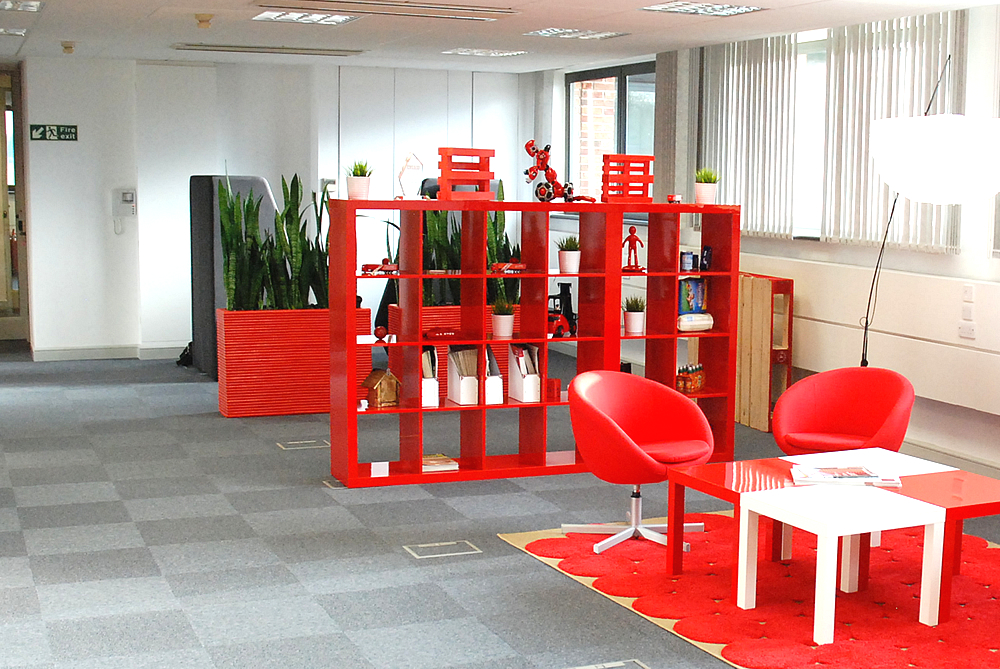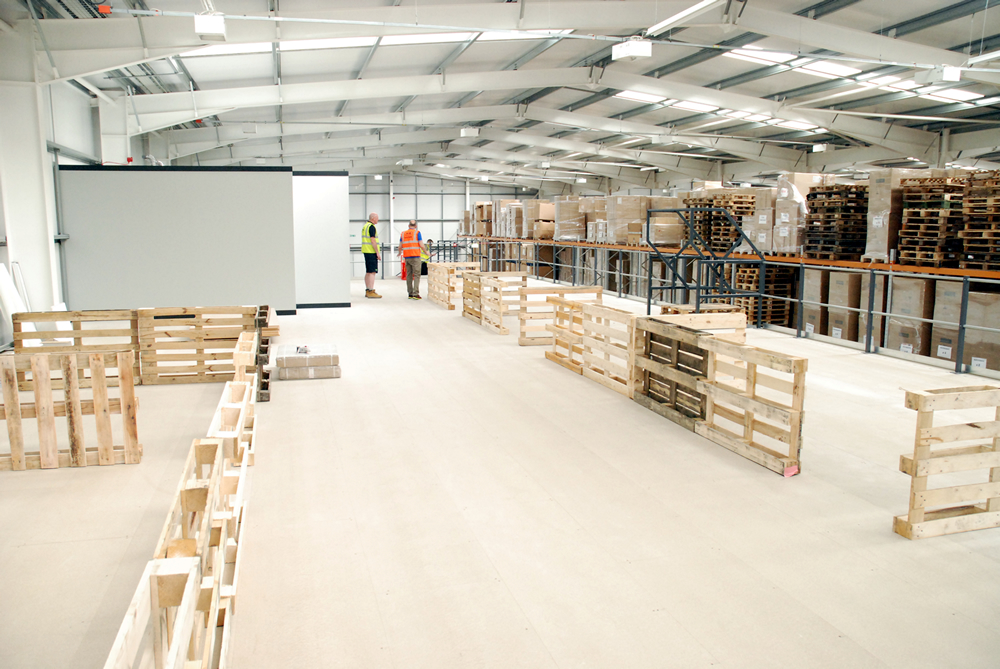The world of office design, as with any sphere of industry, is replete with buzzwords and nomenclature to describe various concepts from the practical and mundane to the ideological and unusual. Many paradigms swiftly come and go but at the very cutting edge sits biophilic design … and it’s prevalence is growing apace.
At Paradigm Office Interiors we are always striving to stay a step ahead of developments and identify trends that have practical applications for the refurbishment and interior design of our clients’ workspaces. Increasingly we are finding elements of biophilic design being requested by our clients – not necessarily by name – which indicates that this approach to workplace interiors has moved from the theoretical to the practical and is making in-roads into the consciousness of business owners nationwide, suggesting that far from being a ‘passing fad’, it’s an approach to be taken seriously in the long-term.
What Is Biophilic Design?
The basic concept is simple: taking nature and our natural surroundings and introducing elements from them into the workplace.
In domestic interior design it is akin to the much-vaunted notion of ‘bringing the outside in’ but whereas in a domestic environment this is often simply achieved by making a rear wall of a house folding glazed doors which can be pushed back to give the impression of the house being an extension of the garden, in a business environment there is not always an abundance of flora and fauna at hand and furthermore, workers are not afforded the luxury of a wander onto the decking of a garden for a period of contemplation as and when deemed necessary!
Why Biophilic Design?
As important as the ‘what’ is the ‘why’. This is firmly rooted in the concept of a sense of well-being in people – again, using the domestic setting, the concept developed based upon the principle that people enjoy being outdoors and among nature (whether or not they have rolling acres of land or a small inner city yard with potted plants) as it gives them a sense of inner peace and allows them clarity of thought, for example.
This obviously has major implications for the workplace as stress and the mental health of workers has become an increasingly important area of study and workplace structuring primarily for two reasons:
The Philanthropic – whilst the concept of concern for the welfare of workers is not a new one, George Cadbury was a chief proponent of such an approach in the late 19th Century, the focus has become more holistic and whereas previously it was the physical impact the working environment had upon a worker that was often the point of analysis, it is now understood that the mental health and well-being of workers is of equal importance and that both approaches are far from mutually exclusive.
The Pragmatic – a point not lost on 19th Century industrialists was that a healthy worker worked, an unhealthy one didn’t! From a purely ‘bottom-line-driven’ perspective, as an essential resource for any business, workers need to be in the beast physical and mental health to produce. If a worker’s environment has a detrimental effect on their health then this is likely to lead to lower productivity and the likelihood of sickness absences. Many studies have also been done into the mental health of workers and have, by and large, come to the conclusion that a ‘happy/content’ worker is a ‘good/conscientious’ worker (in the most simplistic of terms).
How to Utilise Biophilic Design
By now, we have basic understanding of the principles of the approach and the two schools of thought as to why its implementation in the workplace is a positive step but the question this raises is: how can the principles of biophilic design be integrated into the modern office? The answer may not be as complex and/or costly as you think!
Plants – unsurprisingly, the inclusion of plants in the office is a simple way to add a touch of nature to the workplace. As well as increasing oxygen levels in the office, which aids concentration levels, the aesthetic and calming appeal of plants cannot be downplayed. Studies have shown that staff feel plants ‘soften’ the look of an office and promote a feeling of calm and tranquillity.
Natural Light – numerous studies have shown that working under artificial light for long periods of time causes fatigue, headaches and a sense of unrest in workers. Following the ‘natural’ approach of biophilic design it will be of no shock to learn that the inclusion of as much natural light as possible is one of the key principles of the paradigm. Whilst it is not always possible, due to the exigencies of the buildings in which workplaces are house, to be bathed in natural light from windows, there are a number of ways that as much natural light as possible can be harnessed. For example, the utilisation of open offices and/or glass partitioning can ensure that as much natural light as can enter the workplace reaches as many areas as possible.
Outdoor Space – in line with domestic interior design mentioned earlier, access to an outdoor space is important and the concept of ‘bringing the outside in’. Again, the caveat here is that some workplaces don’t have access to any outdoor space but for those who do – be it only a balcony or roof-space – this should be utilised for workers. A few comfortable chairs, a bench, some planting (pots or into the ground) can transform a space and give it a natural quality for staff to enjoy on breaks … or even for meetings! Furthermore, if an outdoor space workers can see through the office windows is just a concrete courtyard, for example, this too should be softened with plants and made into somewhere staff would wish to spend some time and that those staff indoors can see as something aesthetically appealing and reflecting the natural environment.
Mimic the Outdoors Indoors – this concept can be taken as far as is required but the issue here is primarily concerned with interior decor: yes, we know the corporate colours are orange and purple and that 7ft x 7ft logo on each wall really reinforces the corporate identity BUT, colour palettes and natural materials can have a great affect on the emotional/mental well-being of a workforce with natural tones and surfaces increasing harmonious nature of the workspace. This could lead to the use of a feature wall in the office of natural colours or finish – even an artificial grass wall or wood finish, for example – but certainly looking at nature’s colour palette and incorporating elements from it into the office design/decor.
Passing Trend?
In a word, ‘no’. We don’t see this approach as fleeting as it’s more a set of principles that can be incorporated, to a greater or lesser extent, into any office or workplace and is heavily underpinned by research and the increasing concern of mental well-being of staff and the correlation between that and business efficiency.
The important point to remember is that it’s not an all or nothing approach. Whilst every workplace isn’t going to resemble a Facebook or Google HQ – replete with rockeries, waterfalls and artificial grass mini-sports pitches – the elements of biophilic design can be incorporated into any workplace relatively simply and cost-effectively.



